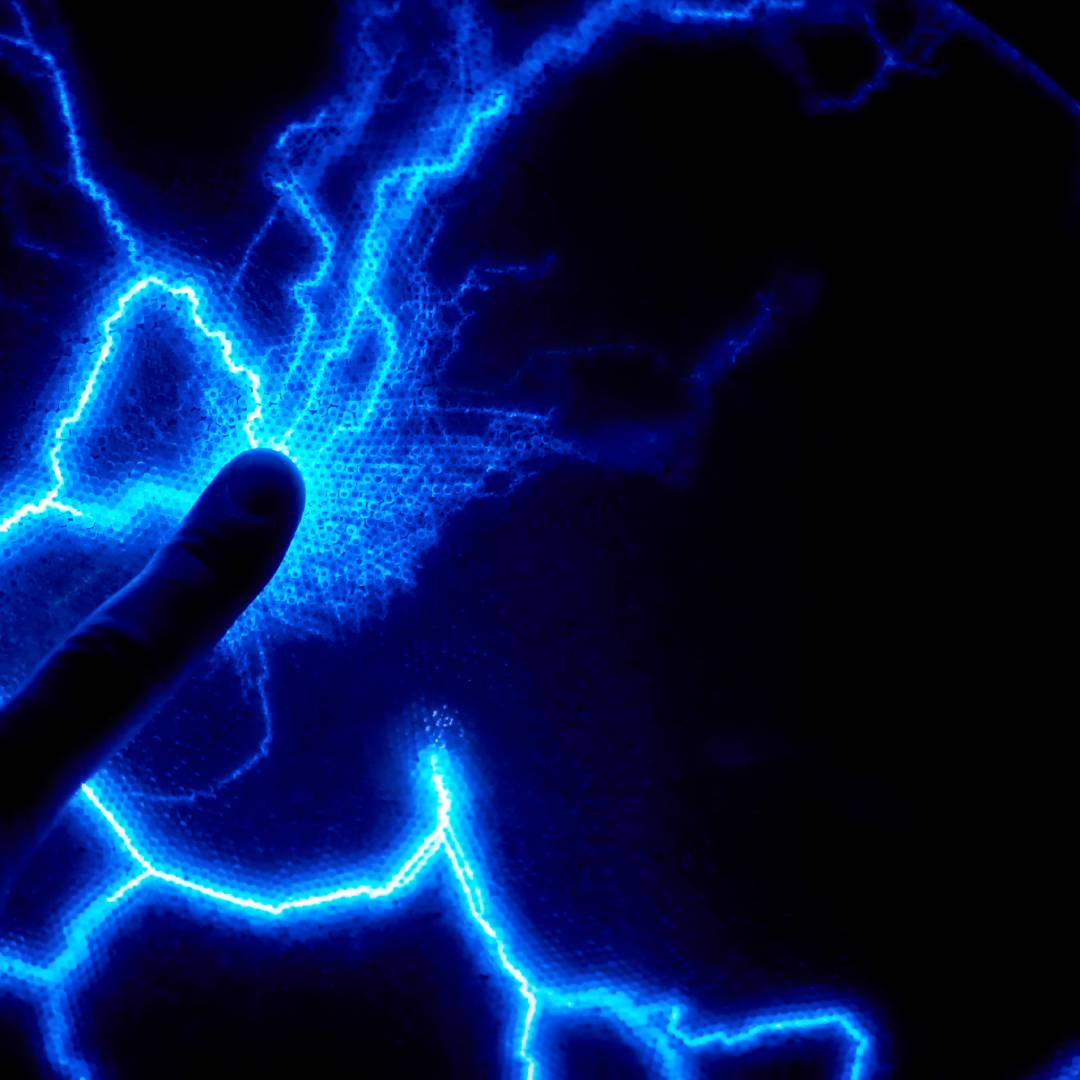Many people underestimate the impact of static discharge, but its consequences can range from minor inconveniences to severe safety hazards. Whether you’re a DIY enthusiast or an industrial safety professional, exploring the dangers of static electricity is crucial. These tips will give you a clearer understanding of how to protect yourself and your projects from this silent threat.
The Risks of Static Electricity
While static electricity might seem harmless, it poses several risks.
Household Hazards
Static electricity can give you a shock when you touch a doorknob or cause your clothes to stick together. More seriously, it can damage electronic devices such as smartphones, laptops, and other gadgets.
Health and Safety Hazards
Static electricity is a serious concern for industrial safety professionals. In environments with flammable materials, a static spark can cause catastrophic explosions. Workers in these environments must take precautions to minimize static buildup.
Manufacturing Risks
Static electricity can cause significant problems in manufacturing. It can attract dust and contaminants, affecting product quality. It can also cause machinery to malfunction, leading to production delays.
Practical Tips for DIY Enthusiasts
For DIY enthusiasts, static can be a real nightmare due to its impact on tech devices and other expensive equipment. Here are some tips to keep your projects going:
- Handling electronics: If you’re working on a DIY electronics project, always use an anti-static wrist strap to prevent static charges from building up and damaging your components.
- Workspace setup: Use anti-static mats on your workbench and ensure your tools are grounded. Avoid working on carpeted surfaces, as they can generate significant static charges.
- Storing components: Store your electronic components in anti-static bags when not in use. These bags are designed to protect sensitive components from static discharge, ensuring they remain functional.
Taking the time to ensure your space is clean and free of dust is essential to successful projects.
Safety Measures for Industrial Settings
Industrial workers must also learn to deal with the buildup of static. Here are some key steps for keeping the worksite safe and clean:
- Employee training: Training employees on the dangers of static electricity and how to mitigate them is crucial. Workers should understand the importance of grounding, using anti-static materials, and maintaining appropriate humidity levels.
- Equipment maintenance: Regular maintenance of equipment can help reduce static buildup. Ensure all machinery is properly grounded and that anti-static measures are in place. Regularly inspect and replace worn or damaged components.
- Emergency preparedness: In environments where static electricity poses a significant risk, having an emergency plan in place is essential. This includes fire suppression systems, evacuation plans, and regular safety drills.
Whether you’re an employer or an employee, there are all sorts of things to know about FR clothes and static electricity. With these measures in place, decision-makers and leaders can be sure their workers are well-protected against this common hazard.
Keeping Static Electricity at Bay
Static electricity may be a small charge, but its consequences can be significant. Whether you’re a DIY enthusiast or an industrial safety professional, exploring and mitigating the dangers of static electricity is crucial. By implementing the practical tips and safety measures outlined in this blog post, you can protect yourself, your projects, and your workplace from the hidden dangers of static electricity.

